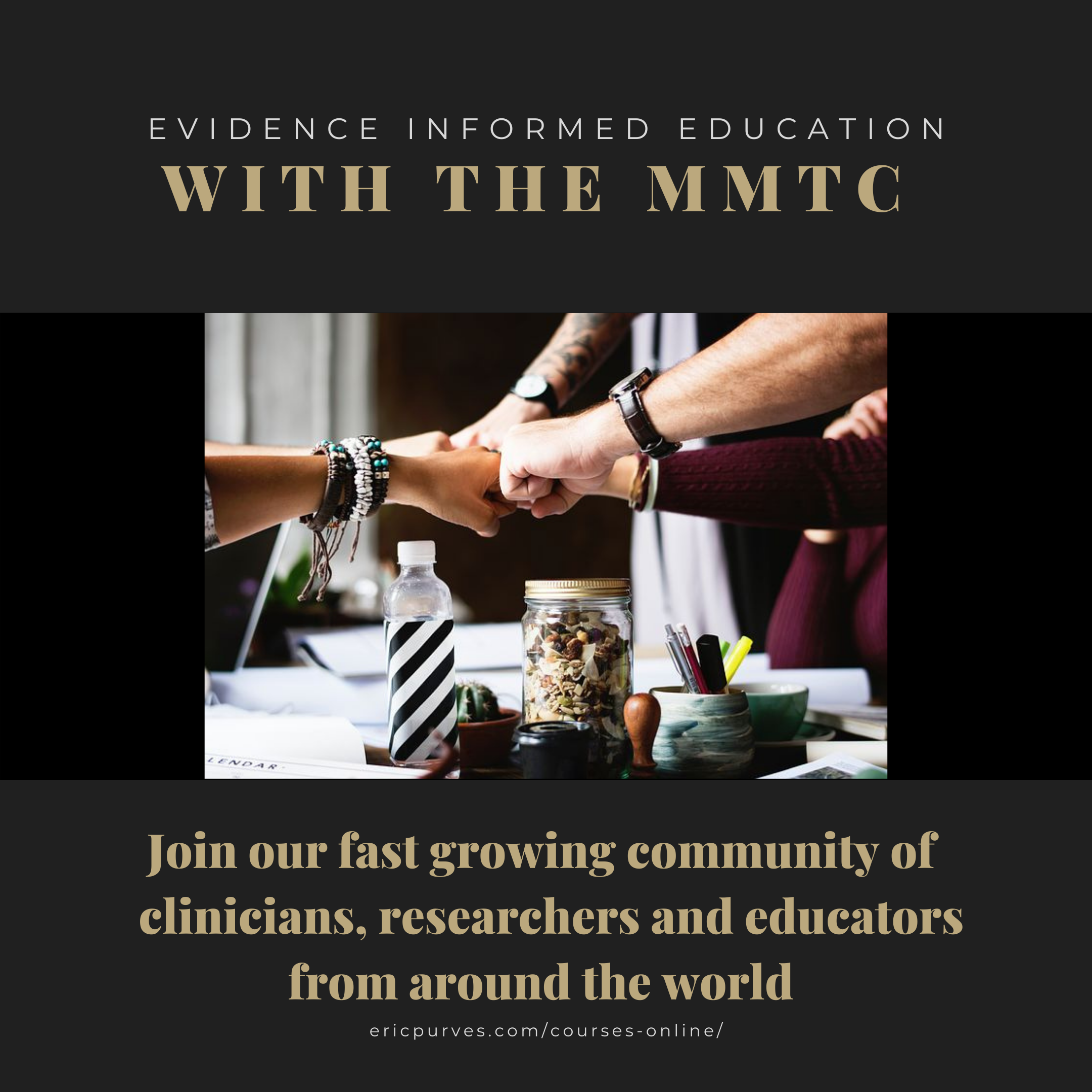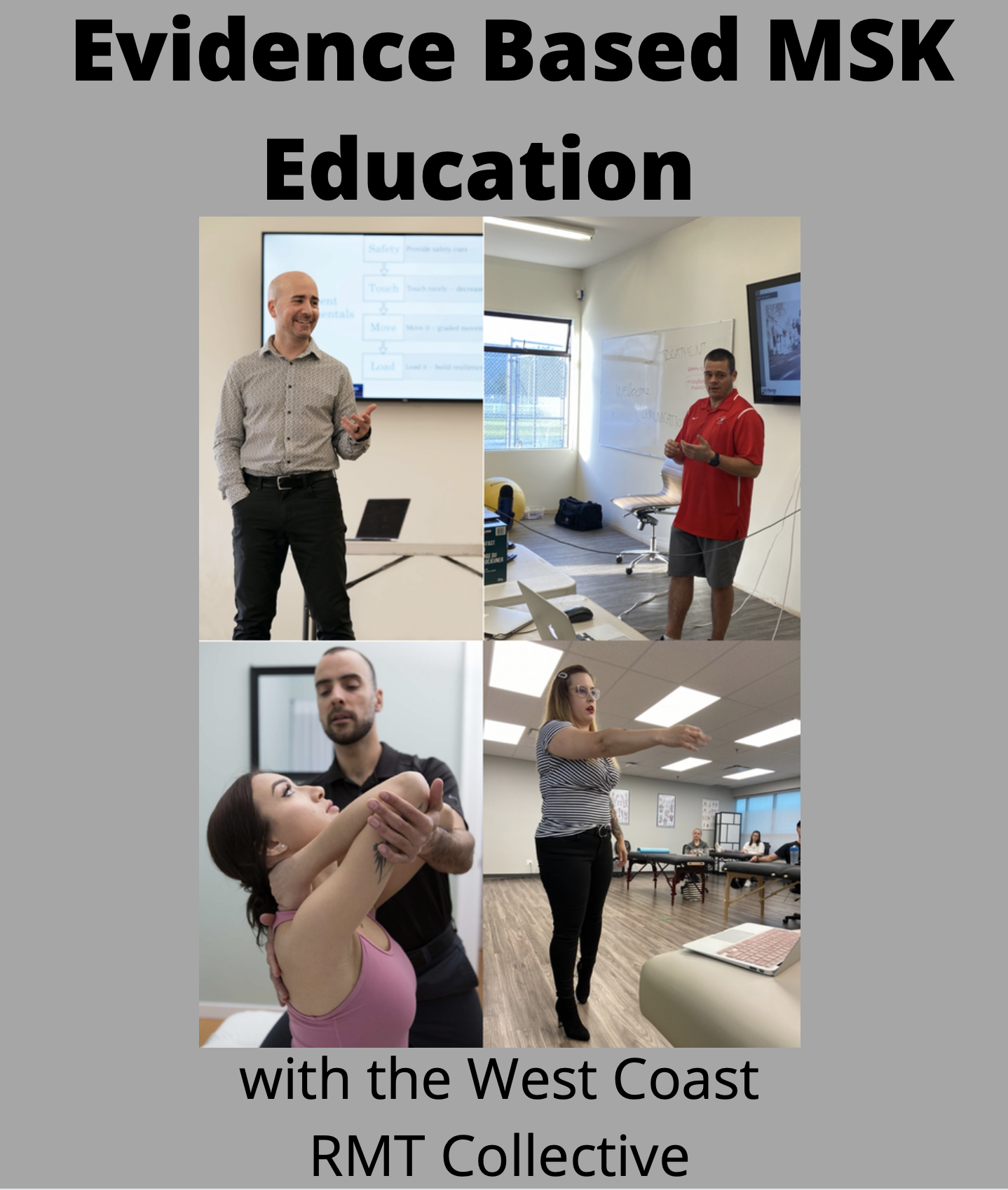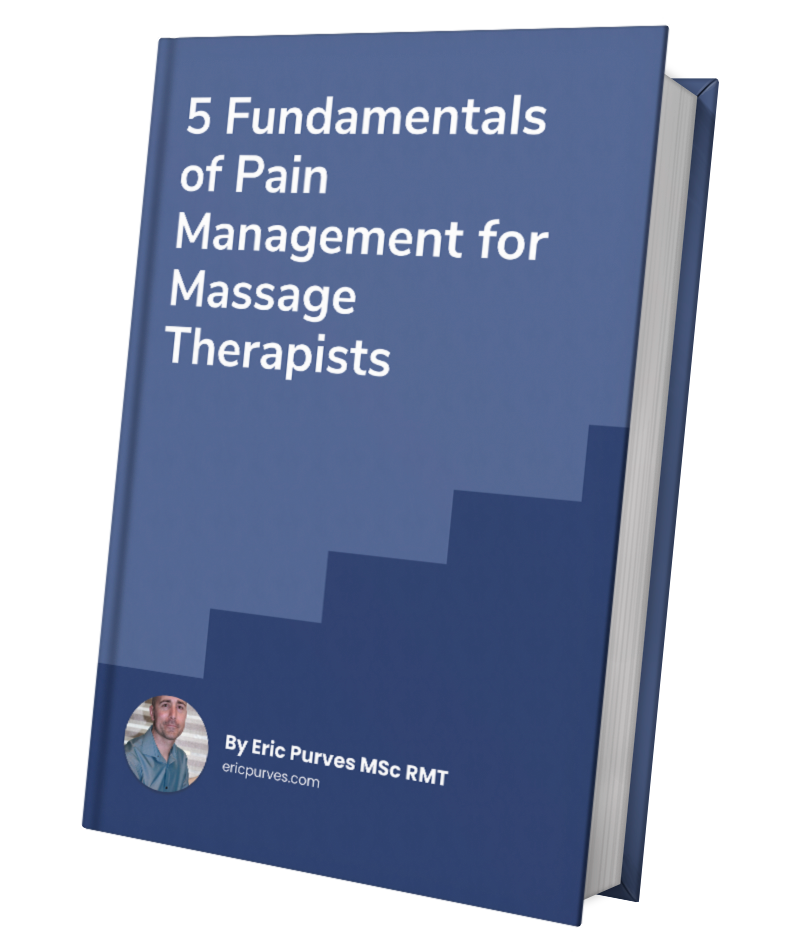One of the pioneers for the modern pain science/biopsychosocial movements in MSK care was Louis Gifford, a physiotherapist from Cornwall, UK. Unfortunately, he passed away from cancer in 2014. During his time he was responsible for challenging long held beliefs and traditions within the PT community. His relentless desire to read, learn, and teach has provided significant knowledge and inspiration to myself and thousands of other clinicians, researchers, and educators throughout the world. Many of the well known figures in the pain community learned with or from him.
Gifford was decades ahead of his time. Many of the topics he discusses in his papers and in his 3 books has been researched extensively and things which once seemed abstract and uncertain is now established knowledge. I highly suggest everyone checks out this site, https://giffordsachesandpains.com.,. Gifford was able to draw logical conclusions from research in a variety of different disciplines and could make it relevant and easy to apply clinically. His first book, Aches and Pains should be a recommended book for anyone in MSK healthcare. The material he was writing and teaching in the late 90’s and early 2000’s is what many current researchers and evidence based clinicians are talking about today. I wish I had been exposed to his ideas and writings when I was in MT school. It would have saved me a lot of confusion!
I want to dedicate this blog to him. I want to honour what I see are some of his most influential ideas and hopefully be able to relate that to you, the reader.
Presenting Gifford’s best quotes and knowledge bombs
Emotions and behaviours can impact our physiology
“It is well established that the way we think and feel alters our behaviour and our muscle tone, changes autonomic and neuroendocrine activity, and alters the immune system’s responsivity. Activity in all these systems may influence the level of pain perceived and the degree of function obtained directly or indirectly.”
- This is brilliant. Not singularly focusing on posture, biomechanics, or tissue health. Gifford is discussing how factors such as thoughts, beliefs, emotions and the immune system can influence what we experience in our MSK system. This may seem overly neuro-centric, but this was an important development in moving the discussion towards the importance of psychosocial influences to be included in reasoning processes.
“Subgroups of chronic pain patients show markedly increased muscular activity and tension when they are in pain and when they are exposed to personally relevant stressful situations.”
- It is more plausible that the pain increases muscular activity, rather than tension causing the pain, (defence vs defect).
“If we take a close look at the processes of inflammation and repair, the sensitization of nociceptors, and the relaying of information from damaged areas to response centres like the liver and brain, reveal a much more complicated system than has previously been thought … our mood states, our mental well-being, or simply our ‘stress’ levels, can influence the immune system’s responsiveness and reactivity.”
“The powerful links between the neuroendocrine and sympathetic systems and the immune system are also well recognised. The important clinical implication is that if we can positively change the way people feel emotionally, by for instance changing their knowledge and beliefs about their problems or situations, we can beneficially change activity in the output systems”
- These quotes are from 1997! Most of this material has been substantiated with further research. However, it is not routinely included in the MSK healthcare curriculums? Some of this may seem a bit too linear. Influencing how people think and feel about what they are experiencing can be helpful for some people, some of the time. However, we need to make sure that we do not apply any causative associations with this. The importance of Gifford’s quotes here are to highlight how emotional states and the context of the environment can influence what someone in pain is experiencing.
I view this as the importance of zooming out and taking a satellite view compared to a street view. Look at all the factors and potential influences that may be associated with the person’s experience. This guides the clinician past a purely biomechanical and tissue-based reasoning for treatment and allows the focus to be on how to modify lifestyle factors, contextual influences, physical and emotional stressors. Providing basic education and reassurance about the multifactorial and complex nature of pain can allow for important insight which is easily within scope of practice and can be a powerful intervention.
Interactive Treatment Approaches
“If your therapist only does a ‘treatment’ to you and misses out the ‘get it moving/rehab/ graded recovery/functional recovery process – then it’s my opinion that your therapist is a complete waste of time.”
- This sounds harsh. But, it is strongly worded for a good reason. The current best evidence shows passive treatments that only involve something being done to you are not nearly as effective as treatments which involve movement and functional strategies. Getting a great massage can be very powerful, and it feels amazing! Sometimes that may be all that is required on a particular day. However, the longer term treatment goals should always be to focus on improved functional outcomes.
Tissue based clinical reasoning
“Most of us tend to think of pain as an unpleasant, distressing sensation that originates in traumatized tissues and courses its way along neural pathways to the brain and consciousness. Thus, the amount of pain perceived fits with the amount of damage done and the pain happily recedes in direct relation to the pace of healing.
The problem is that our clinics and departments are full of patients who have ongoing pain with no clear trauma or disease process, or who have suffered trauma but the pain continues on long after a reasonable healing period.”
“The weakness of the tissue based model for diagnosing and treating on-going pain has been highlighted because there is powerful evidence that it does not help and that it may actually be making matters worse”
- The three above quotes state the problem with linear tissue based reasoning for pain. The research and clinical practice has been suggesting for over 30 years that the status quo for treating MSK pain doesn’t work, and in many cases it makes people worse. Why is this model still being perpetuated in massage, PT, Chiro and Osteopathic institutions?! Change is scary, but our patients and society deserve better!
- There is a growing body of literature which supports the assertions that tissue based treatment models for persistent pain actually results in worse outcomes. P. O’Sullivan includes references to this in many of his papers. Multidisciplinary approaches that focus on the complexity of the human and addresses all relevant aspects consistently produce better outcomes.
“Shifting therapist and patient thinking, from a largely unidimensional biomedical model based approach, to incorporating a multifaceted and multidimensional model, is the great philosophical and practical challenge confronting clinicians.”
“. . . literature also recommends that this approach should be augmented with the recognition, assessment and adequate therapeutic focus on psychosocial factors that have been repeatedly shown to have great predictive value for chronicity and therapeutic outcome”
Changing the philosophical underpinnings of the MSK professions is easier said than done. This is a challenge for massage therapy as we currently lack a history of academic inquiry. There is not enough graduate level educated RMTs to spearhead this change. I am confident it will eventually happen. There are a growing number of RMTs obtaining higher levels of education. As the numbers grow, the desire to adapt combined with the knowledge and abilities to create change will occur. However, these changes must be incorporated slowly and deliberately over time to allow stakeholders to gain an appreciation, understanding, and application of evidence based strategies into the culture and curriculum. The science is too strong for change to be delayed much longer.
Importance of education and reassurance
“Education about pain that includes the modification of commonly held ‘abnormal structure/ mechanics’ related beliefs about pain is seen as vital to successful rehabilitation and outcome. On-going pain states are best explained to patients in terms of an altered sensitivity state as a result of altered information processing throughout the system, and not solely a result of damaged and degenerating tissues. This helps patients accept the notion that hurt does not necessarily equate with harm – which leads on to the positive message that carefully graded increases in physical activity mean stronger and healthier tissues.”
“The source of a patient’s pain changes over time. This is fundamental to enhancing the general understanding and confidence about pain and its meaning. For the long term pain sufferer it is a great help to start to appreciate that hurt does not equate with harm, and that there is such a thing as maladaptive pain. The longer pain goes on the more widespread and diffuse become its sources – hence the problems with therapy approaches that over-focus on finding a specific ‘source’ of pain, this is fine for fixing a car but not for fixing complex human pain states. “
This last quote is a great way to wrap up this blog. We are not body mechanics. We are clinicians that are here to help people who are hurting. Stop focusing on the perfect technique, stop collecting various modality interventions to add to your toolbox, start learning and practicing how to think, listen, and communicate better. Be curious with explorations of touch and movement. There is no one specific intervention that is better than the other. Touch people nicely, empower and encourage them to move and return to meaningful activities. These are basic principles which are very powerful and are likely to produce better outcomes than relying solely on a specific modality.
I recommend anyone reading this blog to please check out Gifford’s website here.
Thanks for reading,
~Eric
Interested in learning evidence based content?
Join us at the Manual and Movement Therapists Community (MMTC). Monthly webinars and discussions you can watch live or on your own time. This welcoming and supportive community was formed to help elevate the knowledge and practice standards for our profession(s). Click on the image below for more information and to register.
Modern Management of Low Back and Pelvic Pain
Join us on June 22nd for a 3 hour webinar on current best practices for assessment, treatment and management of low back and pelvic pain. This is a collaborative webinar featuring 4 instructors. CMTBC credit approval pending . . .
Click on the image below for more information and to register.
Have you listened to my podcast? The Massage Therapists Development Initiative. Check us out by clicking here!






